Museum Aargau Vindonissa Legionary Trail
Vindonissa Legionary Trail
About Museum Aargau
Hauptmenü

The accurately soldiers' quarters (contubernia) are absolutely unique in Europe and offer overnight stays for families, schools and groups. They have been reconstructed using wood, clay and limestone based on the methods that would have been deployed between 30 and 45 AD. During this period, the 13th Legion was stationed at Vindonissa with approx. 5,000 to 6,000 soldiers.
The contubernia reproduced here were built entirely by hand – just as the legionaries themselves would have built the originals. The materials used, the construction techniques and the dimensions have been recreated as faithfully as possible down to the last detail. The scientific basis for this was provided by archaeological excavations at Vindonissa and other Roman military camps.
A contubernium (shared barrack room or tent) consisted of two rooms. The legionaries used the front room to keep their weapons and equipment in, while the rear room was for living and sleeping. They would also cook in the contubernium as evidenced by the fireplaces found. Eight legionaries cohabited in a contubernium so space was very limited.
Generally speaking, ten contubernia went together to form a soldiers' quarters (centuria). With a total of 80 men, the unit was commanded by a centurio or officer. His dwelling was at the head of a soldiers' quarters and was considerably larger and more comfortable than the legionaries' dwellings.
Work which required space such as cleaning and repairing weapons was presumably carried out under the covered porch (porticus). In a legionary camp there were also large workshop buildings (fabricae) in which specially trained craftsmen soldiers (immunes) carried out various types of work such as fashioning wood, metal and leather. Alongside there were also smaller workshops (fabriculae) which were directly attached to the contubernia.
The contubernia be visited with museum admission.